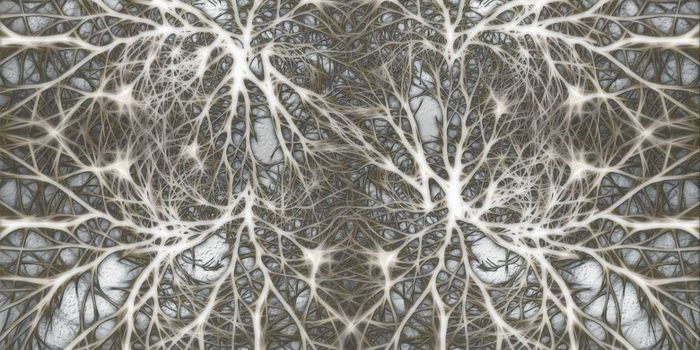Magnetic Stimulation and Memory Formation
With rising rates of dementia, the subject of memory and how to stay mentally sharp is a common focus for research studies. The brain has an elaborate system for committing events and facts to permanent memory.
When this system is disrupted, by illness or injury, the resulting cognitive decline can be devastating for patients and their families. New research from Northwestern University showed, for the first time, that a specific kind of stimulation can change the process of forming memories in the brain.
The study targeted the memory centers of the brain with MRI scans and noninvasive stimulation, called Transcranial Magnetic Stimulation (TMS.) Participants were asked to play a memory game while undergoing an MRI scan that recorded brain activity. Scientists at Northwestern had already completed research that showed memory improvement after stimulation of the brain, but the data from this most recent study because it revealed specific details on exactly how the brain changed to increase memory capacity.
Senior study author Joel Voss is an associate professor at Northwestern University’s Feinberg School of Medicine. He explained, “If you think about the brain’s memory network as generating one unit of activity every time it tries to memorize a picture, brain stimulation made it so that now the same type of picture would generate two units of activity. This increase in activity means that stimulation enhanced excitability, and that’s important because excitability is a marker for good memory formation. Being able to manipulate the memory network in this particular way certainly holds promise in the ability to intervene in disorders of memory, which occur for a variety of reasons. The fact that we can use noninvasive stimulation to increase excitability in this targeted brain network means we’re making the network do more of what it naturally does to succeed at memory formation.”
Excitability was the critical factor. When the study volunteers were receiving TMS and then played the memory game, excitability in the regions responsible for making memories in the brain lit up. After several sessions of TMS over consecutive days, associative memory, which is what allows the mind to remember small details like objects in a room or faces, improved in almost all of the subjects. The cohort was small, with just 32 healthy adult participants with no diagnosed memory issues. In order to maximize the effectiveness of the TMS, the investigators used stereotactic positioning tools to pinpoint the hippocampus precisely. This way they were sure to be stimulating the correct area.
There’s still a long way to go before the process can be used in a clinical setting, but the results are a significant step forward in understanding memory formation and cognition. Check out the clip below to learn more about the study.
Sources: Northwestern University, Science Advances









